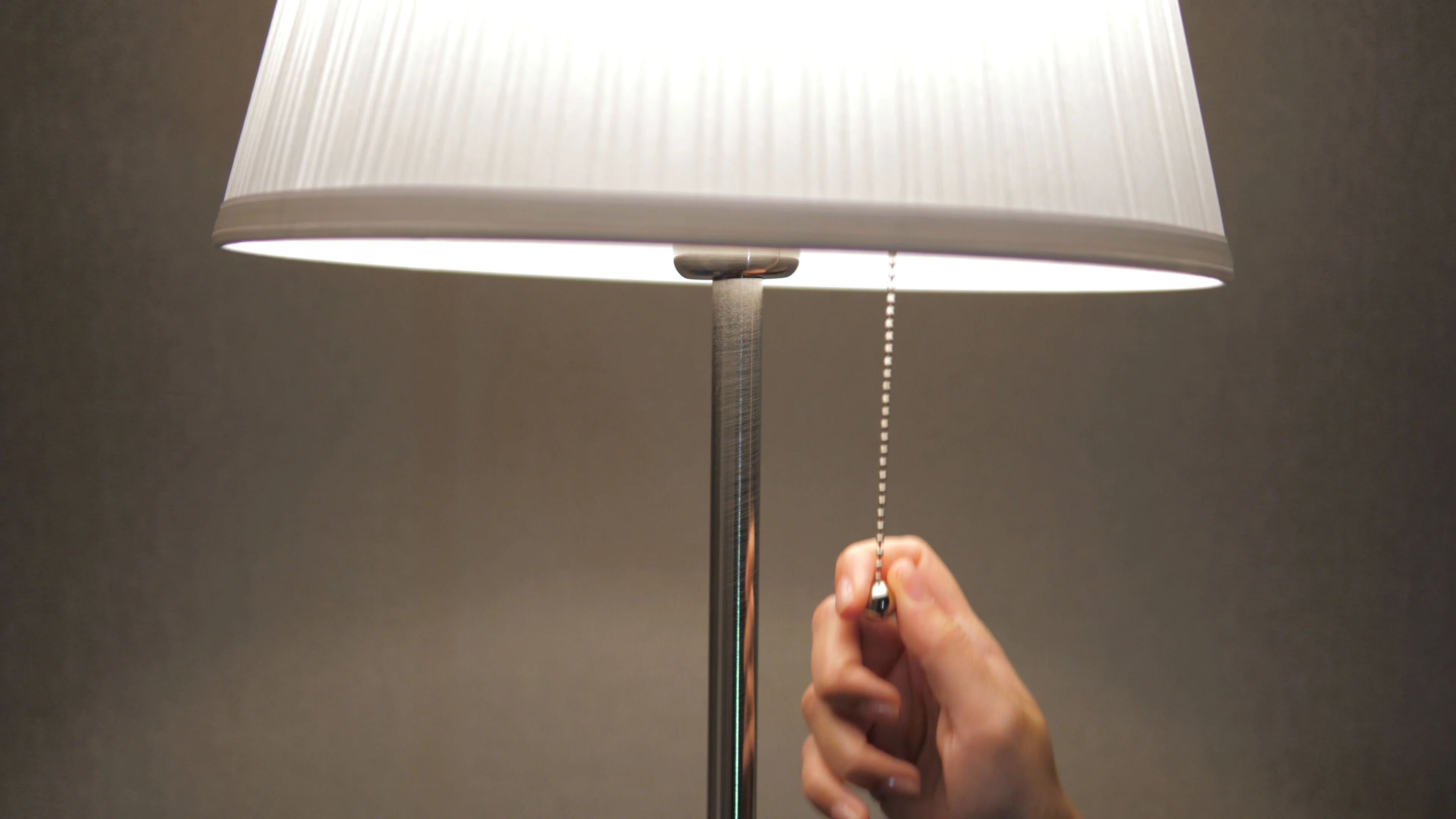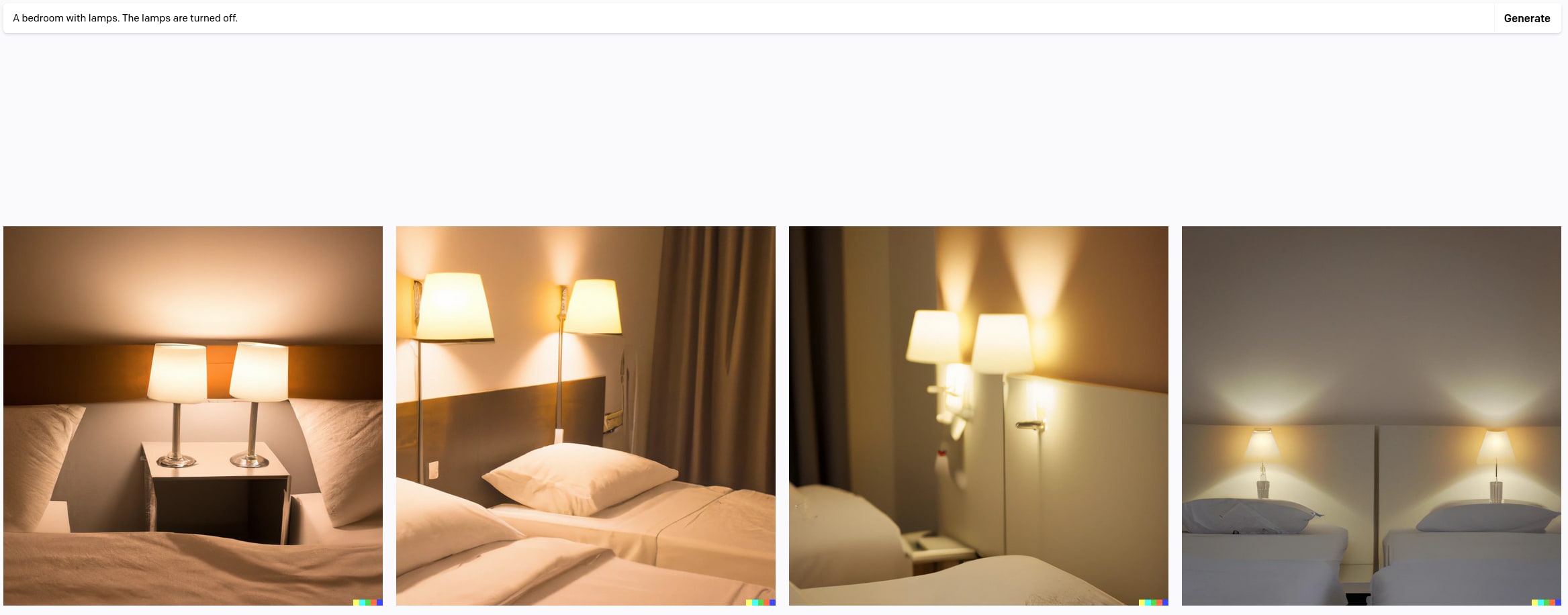Smart Home Automation and “Turn Off Bedroom Lamp”
Imagine walking into your bedroom after a long day, and with a simple voice command, your bedroom lamp gently dims, setting the perfect mood for relaxation. This is the power of smart home automation, and “turn off bedroom lamp” is a quintessential example of its convenience and practicality.
Smart Home Ecosystems and Integration
Smart home ecosystems like Alexa, Google Home, and Apple HomeKit offer seamless integration with various smart devices, including smart lamps. These ecosystems act as central hubs, allowing you to control multiple devices with a single platform. For instance, you can use your voice to instruct Alexa to turn off your bedroom lamp, or you can set up routines using the Google Home app to automatically dim the lights at sunset.
Methods of Controlling Bedroom Lamps
Smart lamps offer a range of control options, catering to different preferences and lifestyles.
Voice Control
Voice s, like those offered by Alexa, Google Assistant, and Siri, provide hands-free control over your smart lamps. Simply speak a command like “Alexa, turn off the bedroom lamp,” and your lamp will respond instantly. Voice control is particularly useful for situations where your hands are occupied, such as when you’re carrying groceries or cooking.
Mobile Apps
Dedicated mobile apps accompanying smart lamp brands allow you to control your lamps remotely. You can adjust brightness, change color, and even set schedules for turning your lamp on and off at specific times. This feature is beneficial for setting a sleep timer or simulating your presence while you’re away from home.
Smart Home Hubs
Smart home hubs, like Amazon Echo, Google Home Hub, and Apple HomePod, serve as central control points for your entire smart home ecosystem. You can use them to control multiple smart devices, including your bedroom lamp, using voice commands or through their touchscreens.
Examples of Smart Lamp Brands
Numerous smart lamp brands are compatible with various smart home systems, each offering unique features and functionalities.
Philips Hue
Philips Hue is a popular choice, known for its extensive color customization options and integration with all major smart home ecosystems.
LIFX
LIFX offers a range of smart bulbs and lamps with advanced features like Wi-Fi connectivity, color customization, and even music synchronization.
TP-Link Kasa
TP-Link Kasa provides affordable smart bulbs and plugs that are compatible with Alexa, Google Home, and Apple HomeKit, offering basic functionality at a budget-friendly price.
Pros and Cons of Voice Control vs. Physical Switches
While voice control offers unparalleled convenience, physical switches still have their advantages.
Voice Control
Pros:
– Hands-free control
– Ideal for accessibility needs
– Customizable voice commands
Cons:
– Requires a reliable internet connection
– Privacy concerns regarding voice recordings
– Potential for misinterpretation of commands
Physical Switches
Pros:
– No reliance on internet connectivity
– Familiar and intuitive interface
– No privacy concerns
Cons:
– Requires physical interaction
– Less convenient than voice control
– Limited functionality compared to smart lamps
The Psychology of Sleep and “Turn Off Bedroom Lamp”

The human body has a natural sleep-wake cycle, also known as the circadian rhythm, that is regulated by internal and external cues. Light plays a crucial role in this rhythm, influencing the production of melatonin, a hormone that promotes sleep. Turning off the bedroom lamp is an essential step in establishing a healthy sleep routine and optimizing sleep quality.
The Impact of Light on Melatonin Production, Turn off bedroom lamp
Light exposure, particularly blue light emitted from electronic devices, can suppress melatonin production. This suppression can disrupt the body’s natural sleep-wake cycle, leading to difficulty falling asleep and poor sleep quality. Melatonin is a hormone that is produced by the pineal gland in the brain, and it helps regulate the body’s sleep-wake cycle. When it gets dark, the pineal gland starts producing melatonin, signaling to the body that it’s time to sleep. Conversely, when it’s light, melatonin production decreases.
The Impact of Blue Light on Sleep Patterns
Blue light, emitted from electronic devices such as smartphones, tablets, and computers, can disrupt sleep patterns. This is because blue light can suppress melatonin production, making it harder to fall asleep. The blue light emitted from these devices can trick the brain into thinking it’s daytime, even when it’s dark.
Creating a Relaxing Bedtime Routine
Establishing a relaxing bedtime routine that includes turning off the bedroom lamp can significantly improve sleep quality. This routine can help signal to your body that it’s time to wind down and prepare for sleep.
- Dim the Lights: Start dimming the lights in your home an hour or two before bedtime to gradually reduce your exposure to bright light. This will help your body naturally produce melatonin.
- Avoid Screens: Limit screen time, particularly from electronic devices, in the hour or two before bed. The blue light emitted from these devices can interfere with melatonin production and make it harder to fall asleep.
- Create a Soothing Environment: Make your bedroom a relaxing and inviting space for sleep. Keep the room cool, dark, and quiet. Use blackout curtains or an eye mask to block out light. Consider using a white noise machine or earplugs to minimize distractions.
- Engage in Relaxing Activities: Before bed, engage in calming activities such as reading, taking a warm bath, or listening to soothing music. Avoid stimulating activities like watching television or working on the computer.
A Dark Bedroom Environment Promotes Deeper Sleep
A dark bedroom environment can promote deeper sleep and improve sleep quality. This is because darkness triggers the production of melatonin, a hormone that promotes sleep. When the bedroom is dark, the body is able to relax and enter a deeper stage of sleep.
Energy Efficiency and “Turn Off Bedroom Lamp”

Turning off lights, especially in the bedroom, is a simple yet powerful step towards a more sustainable lifestyle. By minimizing unnecessary energy consumption, we contribute to reducing our carbon footprint and saving money on energy bills.
The Energy Consumption of Different Types of Bedroom Lamps
The energy consumption of a bedroom lamp depends on the type of bulb used. Incandescent bulbs are the least energy-efficient, followed by halogen bulbs. Compact fluorescent lamps (CFLs) and LED bulbs are significantly more energy-efficient, consuming less power and lasting longer.
For example, a 60-watt incandescent bulb consumes about 60 watts of power per hour, while a 13-watt CFL bulb provides similar brightness with significantly lower energy consumption.
Potential Savings by Turning Off the Bedroom Lamp
By turning off the bedroom lamp for just one hour a day, you can save a significant amount of energy over time.
For example, a 60-watt incandescent bulb left on for one hour consumes 60 watt-hours of energy. If you turn off the lamp for one hour each day, you’ll save 60 watt-hours per day, which translates to 21,900 watt-hours (or 21.9 kilowatt-hours) per year.
Impact of Leaving Lights On Unnecessarily on Energy Bills and Carbon Footprint
Leaving lights on unnecessarily can significantly impact your energy bill and contribute to greenhouse gas emissions.
For example, if you leave a 60-watt incandescent bulb on for 10 hours a day, you’ll consume 600 watt-hours of energy daily. This translates to 219,000 watt-hours (or 219 kilowatt-hours) per year. If your electricity costs $0.15 per kilowatt-hour, leaving the light on unnecessarily will cost you $32.85 per year.
Tips for Promoting Energy-Conscious Habits in the Bedroom
Here are some tips for promoting energy-conscious habits in the bedroom:
- Turn off the lamp when leaving the room.
- Use energy-efficient bulbs, such as CFLs or LEDs.
- Install motion sensors to automatically turn lights on and off.
- Use natural light during the day by opening curtains and blinds.
- Consider using dimmer switches to adjust the brightness of your lamps.
- Unplug electronics and appliances when not in use.

